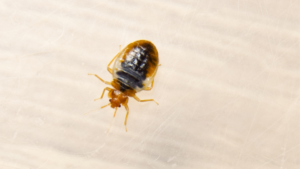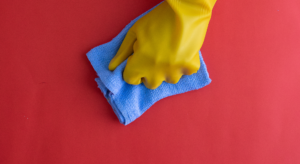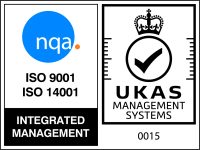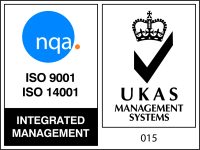When it comes to educational success, a clean school makes for a solid foundation. Good hygiene routines ensure healthy, happy pupils and create a positive atmosphere. Experienced and qualified hygiene staff are integral in setting just the right tone and so, when it comes to schools, a good clean makes for the best start.
Clean Schools: The Benefits
From a visually pleasant environment to a positive impact on the wellbeing of students and staff, there are numerous benefits in keeping schools and places of education clean. As Education Business explains, a clean school, “…encourages good hygiene practices; promotes a positive image to parents and reassures of pupil safety; teaches respect for property and environment; reduces hidden costs associated with deterioration of property and expenditure on maintenance.”
In many areas, schools now function beyond their original purpose and are used as meeting hubs for their wider communities. This being the case, the outlet adds that good hygiene guarantees the wellbeing of all who use a premises, be they students, staff or visitors.
How to Clean a School
In a school – as in any environment – cleaning staff should adhere to basic cleaning protocols and methods. For example, this means working from the cleanest areas to the dirtiest, moving from the top to the bottom of surfaces when cleaning and always cleaning prior to disinfecting. Additionally, staff should take care to colour code or separate tools and materials in order to prevent cross-contamination. This, as CleanLink explains, is especially important in a school setting because, “A single germ can spread to dozens of children like wildfire.” Younger pupils, it adds, “…share just about everything with their classmates: school busses, desks, countertops, drinking fountains, bathrooms, cafeteria tables, gymnasiums, locker rooms and kitchens. All harbour bacteria and viruses in prime conditions for them to flourish.”
But before any actual cleaning can be undertaken, it is paramount, as Interclean explains, to create a cleaning rota. This should explain what cleaning task should be undertaken, how it should be undertaken and the frequency with which it should be completed. The website highlights corridors and walking routes, floor areas under tables and even ventilation systems as spaces that hygiene professionals should be aware of while cleaning. It also advises that cleaners pay special attention to what it describes as “critical contact points”, which are essentially objects and surfaces that are shared or touched by multiple pupils over the course of a normal school day. A full list – which includes everything from chairs, tables and desks to light switches and toys – can be found here.
Public Health England (PHE) offers its own guidance on the cleaning of educational facilities here. In addition to reiterating the need for colour coding, a cleaning rota and the importance of cleaning toys and other equipment, it explains that any blood and bodily fluids should be cleaned immediately using both a detergent and disinfectant. Finally, the British Institute of Cleaning Science (BICSc) has laid out an array of measures that should be followed while undertaking cleaning in a school environment, including the use of personal protective equipment (PPE) and the provision of well-stocked hand hygiene facilities. In fact, encouraging good hand washing among pupils and staff is widely understood to contribute greatly to the overall hygiene standards within a school.
Communication and Training Among Teaching, Cleaning and In-House Custodial Staff
While rotas are important during the day-to-day cleaning process, communication in the wider sense – namely, between cleaning staff, teachers and in-house custodians – is vital in protecting the hygiene of a facility. NASUWT, The Teachers’ Union, highlights that, under some circumstances, teachers and educators are now actively taking on cleaning roles within their classrooms and schools. While there is wider debate on this point, it underscores the fact that communication between cleaning staff and teachers is important in ensuring that all parties know and understand what responsibilities are required and expected of them in terms of maintaining hygiene within their facility.
Training – be it relating to understanding good hygiene practices or accreditation within the sector itself – is also key in upholding good hygiene standards within a school. On this latter point, Education Business explains that an accredited cleaner will not only clean using the appropriate techniques, but will also be aware of the correct procedures for the storage and handling of cleaning products. In terms of formal accreditation, it adds that the BICSc has, for over half a century, “…continued to campaign to raise awareness of the requirement for accredited training and standards within the cleaning industry.”
A clean school is an excellent foundation on which to build educational success. Working together, cleaners as well as teaching and custodial staff can help to protect both each other and their environment, ensuring good hygiene standards and happy, healthy pupils.








